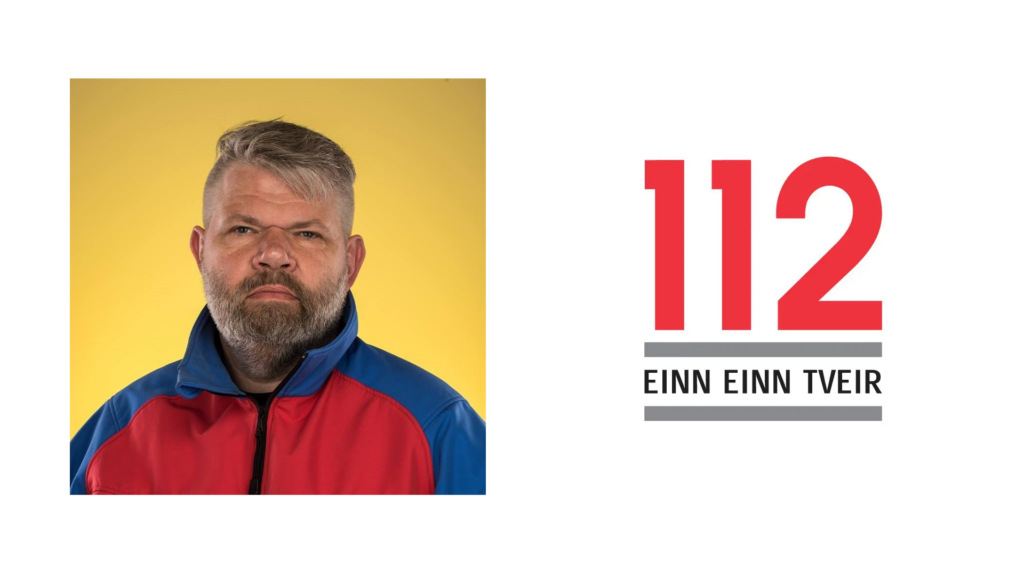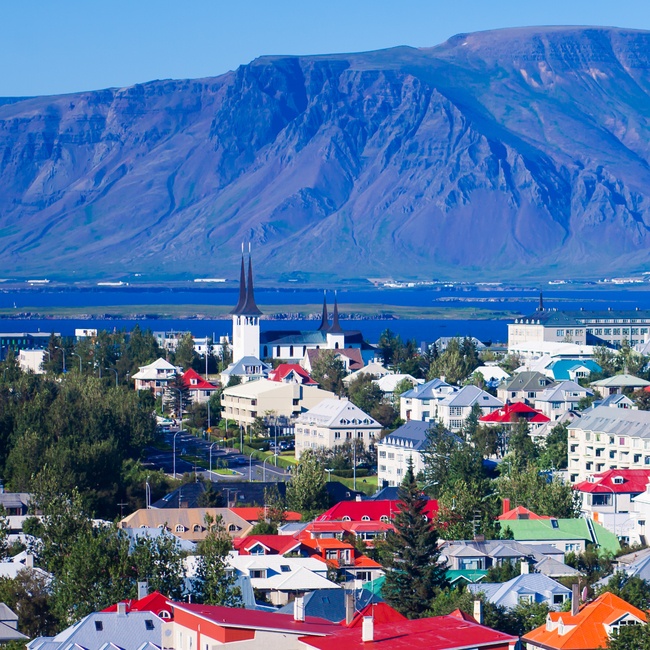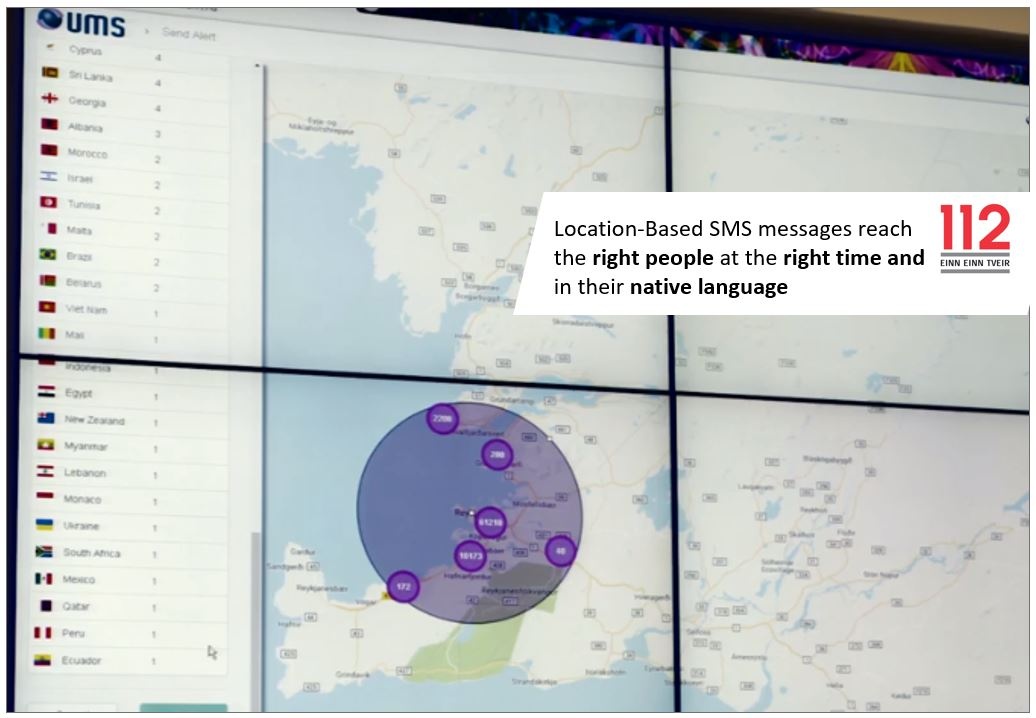When a natural or man-made disaster occurs, keeping the public safe is the priority for government and emergency services. With less than 3 years before the deadline to implement a public warning system for countries across the EU- what can be learnt from countries that have already taken this step?
With a land mass of more than 100,000 km2 but fewer than 400,000 inhabitants, Iceland is the most sparsely populated country in Europe. Its transient population is significant, though. Tourism has played an important role in the country’s economic recovery since the 2008 financial crisis, and the number of visitors has more than doubled in the past decade. This Nordic island country (part of the European Economic Area or EEA) now welcomes two million people every year which is more than four times its native population.
The attractions of Iceland as a tourist destination aren’t difficult to see: lakes, lagoons and hot springs; the
Northern Lights; spectacular, snow-capped scenery. But the country is a place of natural hazards as well as natural beauty. Sometimes known as “the land of ice and fire”, it has more than 30 volcanic systems, many of them active, and is at risk from both volcanic eruptions and tsunamis. In 2010, when the Eyjafjallajökull ice cap erupted and sent ash clouds all over northern and western Europe, 500 people on the island had to be evacuated overnight. More recently, falling glaciers have caused mini tsunamis in a lagoon in the south-east of the country and in the Vatnajökull National Park, where the Bárðarbunga volcano erupted in 2014. Snow blizzards can also be a problem. “We’re a disaster-prone country” says Guðbrandur Örn Arnarson, project manager at ICE-SAR Operations (the association for Iceland search and rescue).
Thankfully, the Icelandic government has found the answer to the public safety challenge. Developing its advanced warning systems in line with developments in mobile communications and digital technologies, it introduced a location-based SMS alerting system in 2019. This means it’s now able to send alerts direct to people’s mobile phones using SMS at scale and at speed. Tómas Gíslason, Deputy CEO of 112, Iceland’s emergency service explains:
“We’ve known for some time that we have a great need for location-based public alerting, and the new system allows us to turn things around very quickly in, let’s say, two or three minutes from the time we decide we need to send a message to the people, until the time they start receiving it.”

The system, from Everbridge, which acquired Unified Messaging Systems (UMS) in spring 2018, means that tourists ‘roaming’ on Iceland’s networks can be contacted in their own language. SIM card numbers identify users’ country of origin making it possible to monitor movement in and out of an area. The ‘granularity’ of location-based SMS means the Icelandic authorities are able to reach the right people at the right time — and to plan disaster relief and recovery efforts more efficiently and effectively.
“We get a lot of information from location-based systems,” Arnarson says. “Knowing exactly how many people there are in the area can help us better understand the gravity of a situation and help us better prepare for the next steps in our rescue efforts. The good thing about location-based alerting systems is that you can ‘geofence’ and identify new mobile devices coming into a particular area and you can then tailor messages for newcomers and send them the information they would have received if they’d been in that area earlier.”

Location-based alerting also means the Icelandic government can send messages to citizens who may be at risk when they’re travelling overseas. Gíslason continues: “We’ve had quite a few incidents abroad where our Foreign Ministry needed to know how many Icelanders were in an area so they could quickly send a message and let people know they and foreign citizens’ services were aware of the disaster and that they would be issuing their plans on a particular website. This can be very important for anyone who finds themselves in need, or who needs support to help find a relative.”
Iceland’s recent initiative puts it ahead of European regulation.
Article 110 of the European Electronic Communication Code (EECC), the 2018 EU Directive, requires all member states and countries in the European Economic Area (EEA) to introduce systems for transmitting public warnings via mobile technology by 2022.
The world, sadly, isn’t getting any safer: the number and type of public emergencies is increasing. Every day around the world, people are potentially at risk from terrorism, natural or man-made disasters and severe weather events, such as extreme flooding, prolonged drought or wild fires, some of which occur as a result of global warming. The question for many countries in the EU and beyond is, “What lessons can we learn from Iceland?”
Public warning: 5 Lessons from Iceland:
1) Consider the scenarios where a public warning system will be used. Many EU countries do not have volcanoes, earthquakes or severe flooding but may experience regional wildfires or are at risk from local man-made threats such as a hazardous material release. How often are you likely to alert the entire country or are localised events more frequent?
2) Location-Based SMS can provide very sophisticated and rapid solutions for governments to contact everyone at risk within minutes of an emergency. In Iceland this is often required on a national basis but can also be used for a specific location.
3) Public warning systems need to be able to reach everyone not just citizens but visitors from overseas.
4) Sending a one-way message out isn’t enough. A public warning system should be capable of receiving responses from people at a specific location to assist with the recovery effort and to provide vital information to the search and rescue services.
5)Don’t wait until 2022! A disaster can happen at any time in your own country or overseas so act now to implement a public warning solution to keep your citizens and visitors safe.
Iceland is a small nation, however, they have demonstrated a commitment to public safety setting an example for other European countries to follow.
Interested to learn more?
This is the fifth in a series of blogs to address the issues and challenges of meeting the requirements of the EU Directive 110 on population alerting.
- All our population alerting blogposts are available here
- Watch the video about Iceland’s Public Warning system
Further reading about population alerting:

